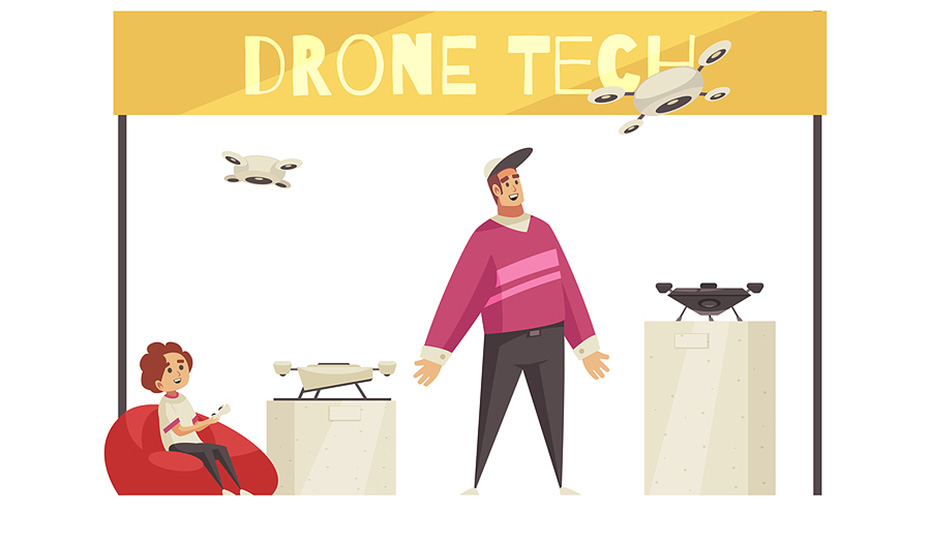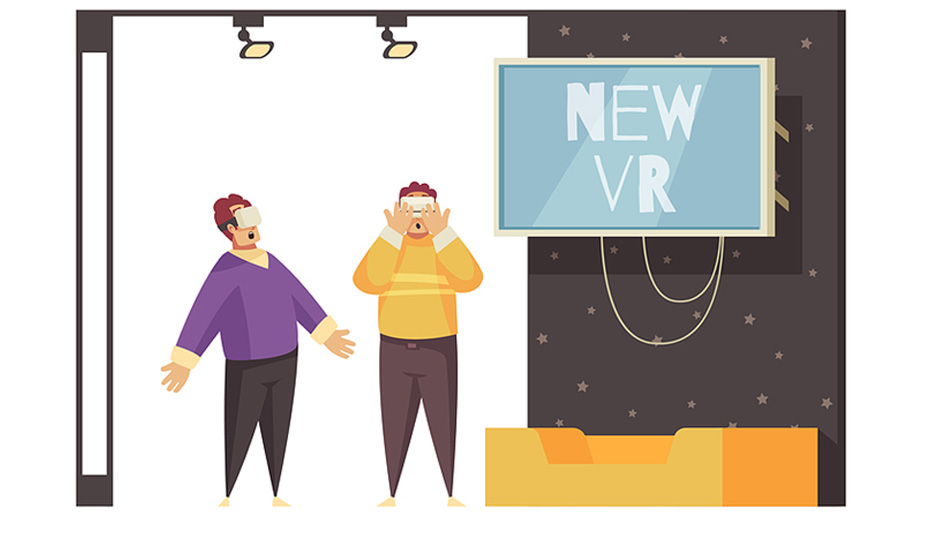👥 250,000 Trained
🏆 9 x Award Winners
⭐ 96% Review Rating
📈 24 Years of Proven Results
Written by Sean McPheat | 

Let’s face it – trade shows can be both a blessing and a curse. Get them right and you could collect a horde of potential clients or business contacts in a matter of days. Get them wrong and you’re going to have some very lonely, desperate hours watching disinterested visitors skirt your stand. These huge fairs can either be exhilarating or dispiriting (for attendees as much as exhibitors). It all depends on your preparation, approach and aims.
To help you get the most out of your investment, we’ve compiled a list of our top trade show tips, learned the hard way from years of attendance on both sides of the fence. For ease, we’ve divided them into categories from pre-planning to last-minute giveaways.
Let’s get started!


1: Building your Team & Sales Objectives
Here’s where you should begin. You’ll need confident, friendly, but not desperate or over-familiar people to host. They’ll need to be well-briefed and have concrete aims in mind. Are you trying to build business contacts or make some sales? Is your number one priority to establish your brand or launch a new product line? Settle upon your sales strategy and everything else will follow. Ensure everyone has some effective Sales Training so everyone is on the same page.
2: Divide and Conquer
As well as meet-and-greeters, you’ll need somebody with technical knowhow in case something goes wrong (believe me, it will). You’ll need runners to fetch coffees and liaise with venue staff. Maybe you’ll need someone to give a sales presentation or provide a product demo. You’ll also need to roster sufficient people to cover all the hours of the show. Don’t make people work 14-hour days, since they won’t be able to maintain that 1000-watt smile or can-do attitude when they’re dog tired.
3: Know your Enemy
Before you finalise your planning, or your display, take a tour of your competitors. What are they doing well? What don’t they provide that you could? There may be opportunities to improve your stall to maximize footfall before you open. During the event you’ll want someone to go and talk to your competitors and report back. There may also be opportunities to cross-promote with affiliated companies.
4: Schedule Events
Don’t be too ad hoc – schedule some mini presentations, product demos, or other events to both draw crowds in, and keep your team busy and engaged. Obviously, much will depend upon footfall, and what the event organisers permit in terms of PA, music et cetera. But you’ll have had all those conversations well in advance, won’t you? Any event program which stops your stall simply being a table full of leaflets, will draw eyes and bodies.
5: Get the Tech Right
Get in well in advance to test out any technical equipment you need. It’s easy to overlook things. Do you have enough power points for a printer? Where can your team charge devices? How good is the WiFi when you have potentially thousands of people using the network at once? Is your POS sale device working? Test everything… then test it again!

6: Think Video and Interactivity
We’re basically magpies, forever seeking out the next sparkly thing. Photos are better than text, videos beat photos and interactive displays, where your clientele can navigate to what they want, beat passive video consumption. Have you considered VR? There are a growing series of apps for building virtual 3D walk-throughs (make sure you have enough room for people to move safely!) Perhaps you can create an app that visitors can download and keep?
7: Make it Bright
Think about lighting, colour, and design. What would you want in an inviting space to escape the hubbub of the event venue floor? Have you got comfortable places for people to sit? Is the colour scheme dynamic and eye-catching? Does your stall have a roof, and lighting, so you can address the flat, white light these venues often have as default?
8: Strike a Branding Balance
You’ll want your brand elements to be dominant – logos and colour schemes especially. However, you don’t want to look like you’ve just plastered every surface with your corporate livery. You may also want to check the colour schemes of your neighbours (in advance, of course) so you’ll know whether you are likely to complement, clash or (worse of all) get lost. As soon as you get your event plan, check from which directions your stall will first be encountered and design something which works from those angles.
9: Add an Element of Surprise
When every stall is beginning to look the same, how do you make yours stand out? You don’t need to be too wacky – ditch the clouds and bubble machines. Some unique furniture items, perhaps a fish tank or a video wall can create surprise and create an inviting space. If your brand permits, you could potentially pick a theme – bazaar, cocktail bar, sweet shop – to draw the eye and invite curiosity. Strike a balance between surprising and outré.
Interactive experiences are a big draw too. One of the most popular features at the trade shows that precede major marathons is a treadmill set to make participants run at the speed of the fastest Kenyan champions. It’s fun, memorable – and surprising.
10: Think Instagram, Linkedin and Facebook
One of the best ways to get your brand or stall mentioned on social media is to have a feature display wall that’s “Instagrammable” – think colour, glitter, patterns. Attendees will want their friends and colleagues to know they’ve been to the trade show, so give them something to remember their visit (and you) by.
Updated on: 16 June, 2022
Originally published: 18 July, 2008
Related Articles

Search For More
